Discover Wonders of the World
Wonders of the World

Wonders of the World
Author: Caroline Vahrenkamp
Subscribed: 665Played: 16,471Subscribe
Share
Description
In this podcast, we'll visit 200 Wonders of the World, from the Pyramids to the Great Barrier Reef, to tell the story of our people, our civilization, and our planet. My name is Caroline Vahrenkamp, and I'm a travel junkie. The world is filled with amazing places that reflect the greatest achievements of human accomplishment. In these uncertain times, understanding our great shared history may help to bridge the divides between us. And if not, it will be a fun ride anyway! We'll discuss the history of each place and the story of the men and women who lived there. We'll cover travel notes, examine what else to see while you're in the area, and dig into the local cuisine. Expect a new episode every two weeks. And thanks for listening!
133 Episodes
Reverse
The Himalaya are the highest and greatest mountain range on earth, and their importance to Asian culture and history cannot be overstated. 1.6 billion people rely on fresh water that drains from the Himalaya and the Tibetan Plateau. In this episode, we focus on Ladakh, the northernmost territory in India, the "Land of High Passes" where the most prominent passes over the Himalaya could be found, passes that brought Buddhism to Tibet, Islam to India, and culture to all parts of Asia. Leading a caravan over the passes was not for the faint of heart - or the faint of oxygen. Since Ladakh is next door to Kashmir, we will talk about one of my favorite Kashmiri dishes: Rogan Josh! Photo by Reflectionsbyprajakta
The Naqsh-e Jahan Square is a remarkable example of urban planning, the centerpiece of the grand imperial capital of Esfahan, Iran. The capital was built by hundreds of thousands of people for the glory of Shah Abbas the Great of the Safavid Dynasty. While I'm sure the story of his military triumphs is interesting, I find the drama of his family to be waaay more interesting. From his poetry-hating grandfather to his opium-addicted gay uncle, from his blind father to the rivalry between his aunt and mother, Abbas couldn't be the paranoid maniac he was without the work of all those who came before. Listener Krister Törneke returns to talk about his several visits to Esfahan over the years, and we enjoy a plate of ghormeh-sabsi! Photo by Pedram Forouzanfar
Perhaps the most ethereal and beautiful astronomical sight available to regular old humans, the auroras borealis and australis, the Northern and Southern Lights have amazed and inspired us for our whole existence on earth. One of the better places to see the Northern Lights is northern Sweden, and this episode covers the five years in which Sweden was the dominant military force on the planet: the brief, happy campaign of Gustavus Adolphus. We'll discuss his triumphs, his disasters, and his impact on the Thirty Years War. Listener Krister Torneke returns to talk about his home country - he'll be back next month as well! And of course, we make Swedish meatballs! Extra bonus points if you find all the ABBA references!
The Rhine River flows through the heartland of western Germany, through a gorge passing an average of one castle per mile. Reisling vineyards, charming villages, and castle after castle after castle surround you as you drift along the river. But almost 400 years ago, this idyllic valley was caught up in the most devestating war in pre-20th century European history. In this episode, we'll cover the first two stages of the Thirty Years War, focusing not on the battles, but on the people who made the decisions that caused this calamity to unfold. In particular, we'll focus on Frederick II, Elector of the Palatinate, and his questionable, if heartfelt, choice to take the crown of Bohemia. We'll also visit with Ferdinand II of Austria and Christian IV of Denmark, and many others! And of course, we'll enjoy sauerbraten, while I tell the sad tale of my 1998 trip to Germany. Das was nicht sehr gut!
Nestled on a bend of the Vltava River, the beautiful town of Český Krumlov is one of the best preserved medieval towns in Europe. It's also the site of a horrific true crime! (Oo, let's get those true crime junkies in on this!) Rudolf II had troubles, and the mental illness of his son Julius only adds to the load. But the decline and fall of Rudolf II and the murder of Markéta Pichlerová is only part of the story. We're also going to talk about the Defenestration of Prague, one of the defining moments in European history and the event that kicked off the first Great War of the early modern era. Melissa Joulwan of the Strong Sense of Place podcast - a podcast dedicated to literary travel and books with vivid settings - returns to talk about visiting Český Krumlov and eating so many delicious Czech foods, including wild bluebery dumplings! Photograph by Jorge Valenzuela CC: 4.0
They say a giant man of clay sits in the attic, waiting for centuries for his instructions. The story of the Golem in Prague is one of the classics of western storytelling, yet did you know that the temple where the Golem is rumored to be is a real place? The Old New Synagogue, one of the oldest active synagogues in the world, sits in the heart of Josefov, Prague's Jewish district. In this episode, we'll talk about Holy Roman Emperor Rudolf II, who ruled from Prague, and his fascination with astronomy, alchemy, and mystiticism. We'll discuss the fascinating people he surrounded himself with, including Chief Rabbi, Kabbalah Expert, and supposed Golem-maker Judah Loew. Joining me for this episode is Melissa Joulwan, one of the hosts of Strong Sense of Place — a podcast and website dedicated to literary travel and books with vivid settings. Melissa has lived in Prague for seven years and shares her favorite spots and treats, including větrníky, glorious caramel cream puffs.
You've seen it on a million pizza boxes, in a thousand Italian restaurants, and in photos of your Dad pretending to hold it up. It's the Leaning Tower! Why does it lean? And why is it so gracefully elegant in its leaning? Most of this episode, however, is about the most famous person to be associated with the tower: the astronomer Galileo. Did he really drop weights from the tower? Probably not. But he did change our entire perception of the universe, and his story involves an astronomical arms race. And of course the Inquisition. You never expect the Inquisition... We'll also talk about ragú bolognese, the classic sauce from the nearby region of Emilia-Romagna. Why pick bolognese instead of another Tuscan dish? Reasons.
The youngest of the world's seven largest religions is Sikhism, founded in Punjab in the 16th century. Nanak, a guru, or teacher, from outside Lahore, spent three days lost along a river and returned with an undestanding of one God: the Ultimate Reality. Nanak created a religion founded on equality, service, and openness, yet his successors would soon find themselves under attack from vested interests, particularly the Mughal Empire. In this episide, we visit the Golden Temple, or Harmandir Sahib, their holiest shrine. It is a brilliantly gorgeous golden temple surrounded by a tranquil pool, visited by a steady stream of devoted Sikhs. We'll recount some of the challenges the Sikhs have faced, challenges which have made them fiercely willing to defend their people and their faith. And of course, we'll include that most famous Punjabi dish: tandoori chicken, or at least as close as we can come without an actual tandoor!
One of the world's great museums of Renaissance art: the Uffizi. Meaning "the offices," the Uffizi were quite literally built as an office buidling for the growing administration of Cosimo I de' Medici, the first Grand Duke of Tuscany, the leader who brought authoritarian rule, if also stablity, to Florence. Bry Rayburn from the Pontifacts podcast, joins me once again to talk about Cosimo, her historic bae, the great museum, and the rest of his legacy. We also talk about our old friend Giorgio Vasari, author, artist and architect, a true Renaissance man. And of course, ribollita, that classic Tuscan white bean stew!
Towering above the city of Madurai, the gopurams or gateways of the Meenakshi Amman Temple are medieval skyscrapers, awash in color, writhing in movement, beautiful and otherworldly at the same time. In this episode we'll discuss the rise of the Mughal Empire, the fall of Vijayanagara, and of course, masala dosa, that most incredible of South Indian streetfoods.
In the late 1500s Poland and Lithuania joined to create the Commonwealth, a remarkable, if flawed, experiment in constitutional monarchy that would last more than 200 years. Its legacy of religious tolerance and representative republicanism is strangely overlooked in American history books - and I would guess in other histories as well. One of the chief economic engines of the Polish-Lithuanian Commonwealth was the Wielizcka Salt Mine, an amazing wonder delved over 700 years. To visit Wieliczka is to be amazed at the artistry of salt sculptures and impressed by the sheer cheesiness of all the salty dwarves. So many salty dwarves. Or maybe they're gnomes... Finally, let's grab some friends and make pierogis!
Suleiman the Magnificent? Suleiman the Lawgiver? Suleiman the Bisexual Poet? No matter how you label him, Suleiman was a fascinating sultan of the Ottoman Empire who strode upon the world stage, and his private life was worthy of a scandalous Netflix show. Among his greatest legacies was commissioning this phenomenal mosque, designed by Mimar Sinan, one of the history's most successul and significant architects. Listener and traveler Emma Browning returns to discuss visiting the mosque and Istanbul and trying to find vegetarian food in a city known for its meat and seafood. Grab some Turkish delight and enjoy!
The world-famous "lost city of the Inca". It wasn't a city, and it wasn't lost, but yes, it was made by the Inca. The incredibly scenic former estate of kings is a true marvel, as I can personally attest, but this episode is about so much more than the ruins that people come from all over the world to see. Joined by Nick Machinski of the History of the Inca Empire podcast, we talk about the dramatic rise and fall of the Inca Empire, their staunch resistance to Spanish conquest, and the wonders that might have been, like the gold-covered Qoriqancha. Listener and friend of the pod Jesse Oppenheim shares his breathless experience visiting Peru as well. And if you haven't had lomo saltado, you should fix that. Photo by Allard Schmidt
It's all too much for me to take - the Beatles, 1969
He was from the richest city in Ming China, or one of the richest, and after his checkered political career, he came home and planted a garden. 500 years later, we can still visit his garden and marvel at the humility of Wang Xianchen, the Humble Administrator. This episode is a pleasant diversion beforewe get back to the big stories. And we'll have Suzhou "smoked" fish while we're here! Sources: Clunas, Craig. Fruitful Sites: Garden Culture in Ming Dynasty China Lonely Planet China Photograph CC4.0 by wikicommons user Another Believer
Monarch butterflies are tiny, ephemeral creatures, whose audacious color patterns makes them beloved across a continent, yet few realize how remarkable their migration from Canada and the US to their winter ground west of Mexico City really is. Listener Livia Montovani joins us to talk about visiting the mountain reserves where hundreds of millions of butterflies spend their winter. We'll also cover the conquest of Mexico and the personalities involved, from Motecuhzoma of the Mexica to Cortés of Spain to the controversial role of la Malinche, the formerly enslaved woman who translated for the Spainiards. It's a story with no heroes, but it needs to be told. And we'll make carnitas at home with salsa verde! Sources: Baumle, Kylee, The monarch: Saving our Most-Loved Butterfly Dennis, Peter. Tenochtitlan 1519-21: Clash of Civilizations Diáz dl Castillo, Bernal. The True History of the Conquest of New Spain Dykman, Sara. Bicycling with Butterflies: My 10,201-mile Journey Following the Monarch MMigration Fehrenbach, T.R. Fire & Blood: a History of Mexico Keeling, Stephen et al. The Rough Guide to Mexico Levy, Buddy. Conquistador: Hernán Cortés, King Montezuma, and the Last Stand of the Aztecs Sainsbury, Brendan et al. Lonely Planet Mexico Photograph by pendens proditor CC 2.0
A brief update about the show!
Just a little 440-room hunting lodge built among other chateaux in France's Loire Valley, Chambord is the grand dame of them all. Built for François Ier, it betrays the influence of the Italian Renaissance, specifically of Leonardo da Vinci, François' teacher and mentor. Gary Girod, host of the French History Podcast, joins us to discuss François and his place in French history, while listener Sarah Demetz shares her experience visiting the chateau and the Loire. Plus fish in a lovely white butter sauce! Sources: Horne, Alistair. Seven Ages of Paris Isaacson, Walter. Leonardo da Vinci Nuland, Sherwin B. Leonardo da Vinci Price, Roger. A Concise History of France Rick Steves Loire Valley Vasari, Giorgio. Lives of the Most Excellent Painters, Sculptors, and Architects Photograph by Patrick Giraud CC 3.0
The largest episode on the smallest country. It's the city-state home of the Catholic Church, a neighborhood of Rome, home to some of the greatest art in the western world. In the early 16th century, the Catholic Church began to turn Rome into a capital glorious enough to serve as the capital of Christendom, and in the process, the popes drove Christendom apart. And Michelangelo was there the whole way. Bry Rayburn from the Pontifacts podcast joins us to talk about some of the most epic popes in history, from Alexander VI to Paul IV: the good, the bad, and the ugly. We talk about Michelangelo, the role of the papal patrons, Martin Luther, the Swiss Guard, and so much more! Plus a mysterious pasta recipe from the Vatican cookbook! Sources: Beck, James H. Three Worlds of Michelangelo Buonarroti, Michelangelo. Michelangelo's Notebooks: The Poetry, Letters, and Art of the Great MasterCahill, Thomas. Heretics and Heroes: How Renaissance Artists and Reformation Priests Created Our WorldGarwood, Duncan. Lonely Planet RomeGraham-Dixon, Andrew. Michelangelo and the Sistine ChapelPhillips, Charles. The Illustrated History of the Popes: An Authoritative Guide to the Lives and Works of the Popes of the Catholic Church, with 450 Images Rick Steves Rome 2020Rome, Insights Guides Scotti, R.A. Basilica: The Splendor and the Scandal: Building St. Peter'sThe Pontifical Swiss Guard. The Vatican Cookbook: Presented by the Pontifical Swiss Guard: 500 Years of Classic Recipes, Papal Tributes, & Exclusive ImagesWallace, William E. Michelangelo: The Artist, the Man and His Times
The enormous church on the banks of the Tejo, carved with ropes and knots and anchors as though it were going to sea itself, represents the vast wealth and untold adventure of Portugal's Age of Discovery. Portuguese king Manuel I commissioned the monastery upon learning of the success of Vasco da Gama's first expedition to India, the longest sea voyage undertaken to that time, a voyage that would seal the fate of three continents. For good and ill. Listener Maria Fernandes joins to talk about her home country, and we wax nostalgic on the pleasures of Portugal, a country I very much like, including my favorite dessert of all time: pastéis de Belém. Sources: Clark, Gregor. Lonely Planet: PortugalCliff, Nigel. The Last Crusade: The Epic Voyages of Vasco da GamaPayne, Stanley G. A History of Spain and PortugalTaborda, Joana. Lisbon Photograph by Concierge.2C (CC BY-SA 3.0)


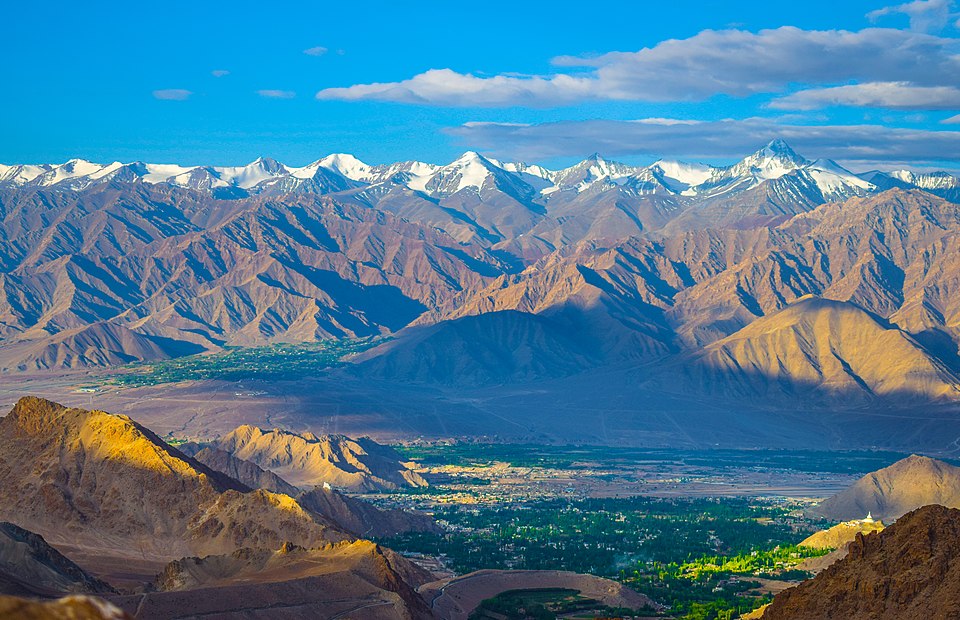
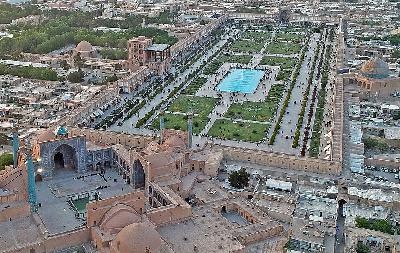
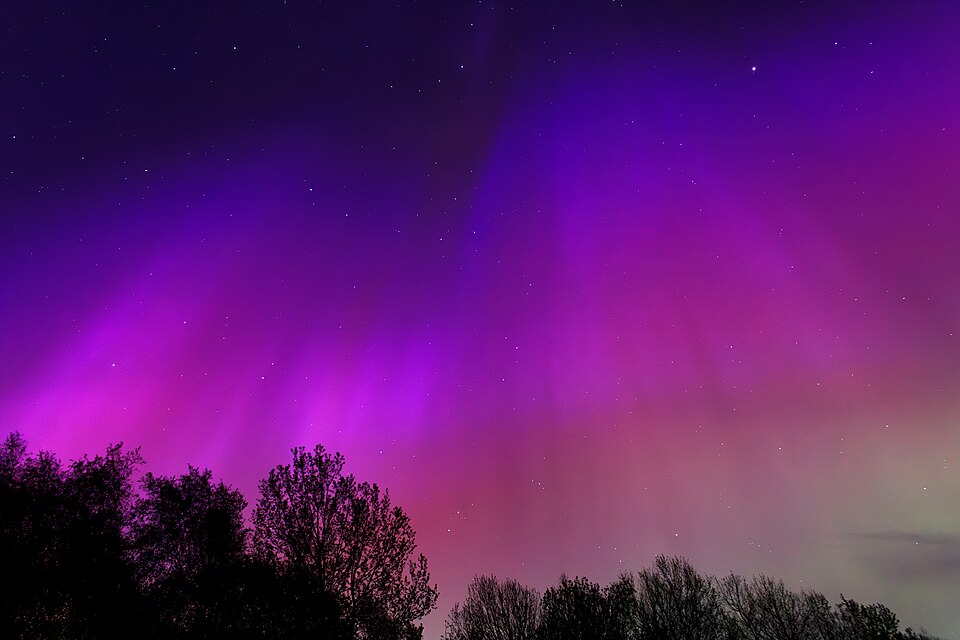
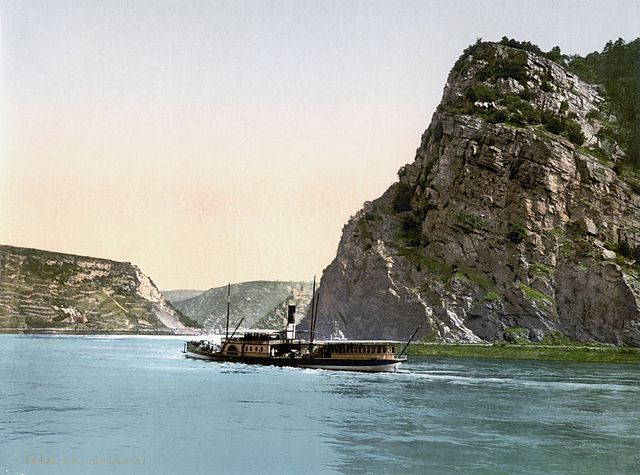
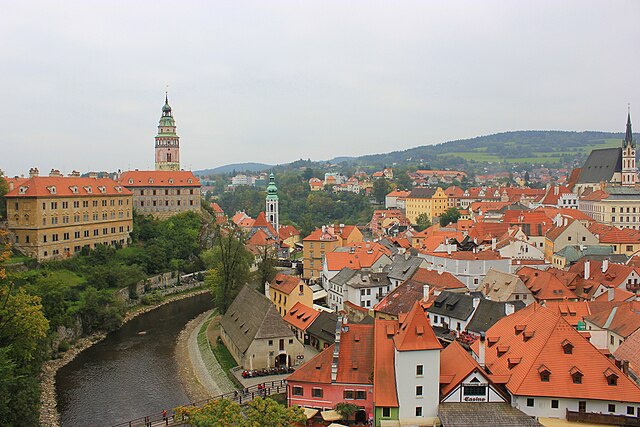

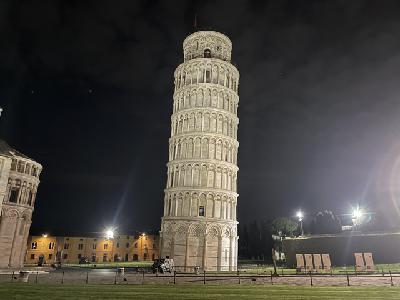
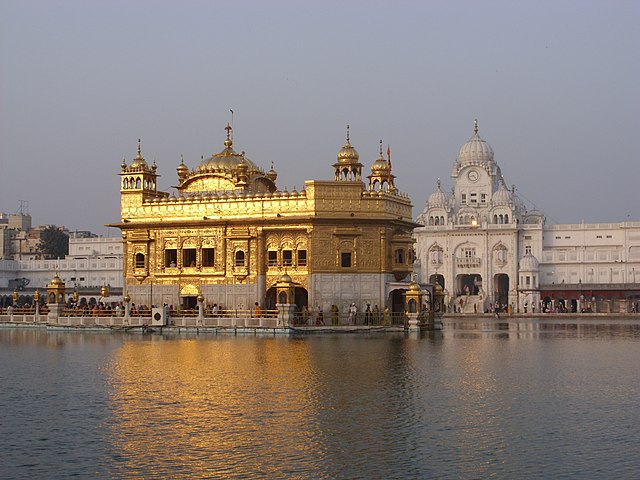



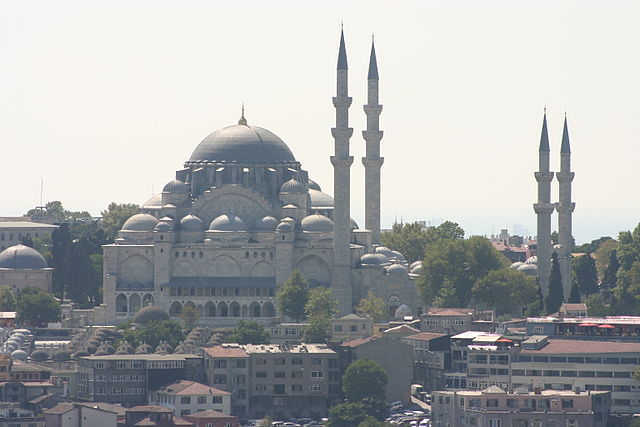




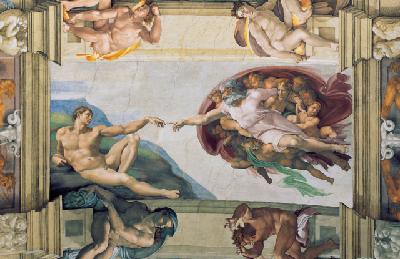




WOW! -Amazing podcast, so fascinating. I highly recommend.
bloody love this podcast. Please keep going - am happy to pay!
I love the Atlantis rant
I never knew how it was constructed
Great podcast!
Thanks for listening! I hope you enjoy the podcast, as we visit the great places on Earth to talk about history, travel and food.